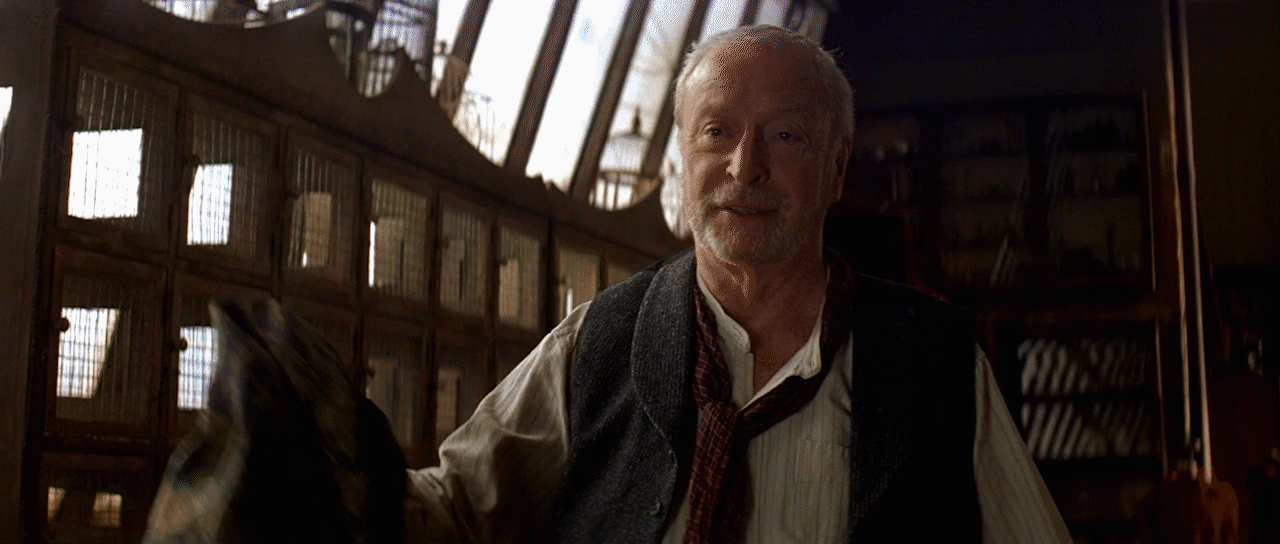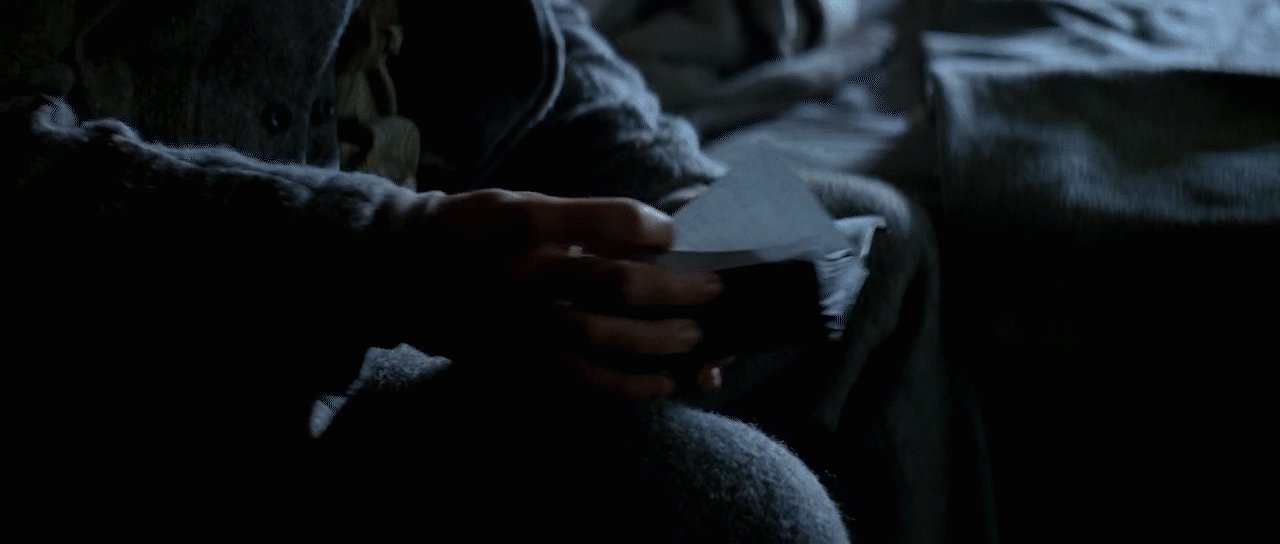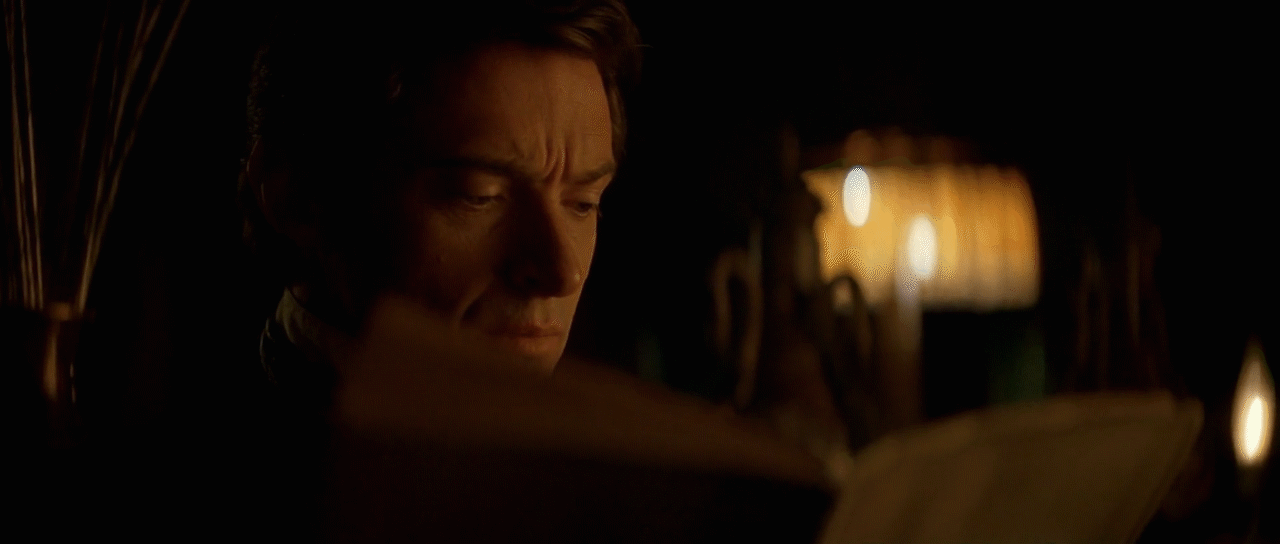The Prestige and its unconventional flow of time
- Utkarsha Kotian
- Apr 6, 2020
- 3 min read
Updated: Apr 9, 2020
Since all the upcoming films are getting their releases pushed further and further as the Coronavirus outbreak gets worse, it got me worrisome about Christopher Nolan’s upcoming film Tenet, and about the rest of the world as to how we will get past this hour. To calm myself I revisited one of his most iconic works, ‘The Prestige’, and on this fourth viewing, I noticed something about its structure.

Time is a key recurring theme in Christopher Nolan’s filmography. He has explored it in some way or the other, through dreams in Inception, through relativity in interstellar, or just splitting up 3 different timelines to create tension in Dunkirk. From the trailer of Tenet, Time again seems to be an integral part. Memento, Nolan’s second feature, is famous for its Non-linear Storytelling, where we see events in the reverse order intercut with black and white phone call scenes that work chronologically. It’s explicit. But I would argue Prestige is just as liberal, if not more, with bending time and showing events in a non-chronological order as Memento, just less explicit.

Nolan has been known to be hasty with his edit, with his filmography’s Average Shot Length clocking at 3.1 seconds. He cuts as soon as he conveys enough information. For comparison, Michael Bay’s average shot length clocks at 3.0 seconds, Spielberg’s at 6.5 and Hitchcock’s at 9.1. With 'The Prestige', he has a tremendously lengthy and complex story to tell and to pack that amount of information, his scenes don’t last longer than 2-3 minutes. The longest continuous scene in the film that doesn't cut to any flashback is about 3 minutes and 10 seconds at the 01:23:17 mark where Angier shouts “TESLA!”. But the scenes are often so intercut between narration and flashbacks that it’s even hard to define where would a scene start and where would one end. It seems like a lengthy series of montages.
Nolan establishes the 3 key points in time of the film in the first fifteen minutes. We open the film with Michael Caine’s Narration explaining the structure of a magic trick intercut with Angier’s supposed last performance. Borden sees him die and is framed for his death. The events that chronologically happen towards the very end. Borden receives Angier’s Diary through which Nolan takes into a flashback where Angier is out to find the solution to his new trick in Colorado Springs. Not much later, we are thrown into another flashback, within that flashback, when Angier starts reading Borden’s Diary.
It all sounds complicated when I put it like this, but Nolan presents it very seamlessly and we follow through. He jumps to these points in time various times in the film but he makes it much more recognizable by establishing certain characteristics for these points. Borden being in Jail under the blue hue, A limp Angier trying to make his impossible trick possible by working with Tesla in Colorado Springs. The film is also clouded with narration. Rather than being a lazy exposition tool, Nolan rather skilfully uses it to transition between the various points in time, but most importantly, through perspectives that often get deceived. The tool itself adds depth to the story.

Another key factor that subconsciously eases and knits the scenes in the film is the ever-going background score that, honestly, never seems to end. If you thought Hans Zimmer slept on the Pipe Organ while composing the music for Interstellar, wait till you hear this. The score is a bass, low pitched, low tempo tone that keeps going on. At times, it gets layered with the Shepard Tone, an auditory illusion that tricks you into hearing a constant ascending tone. Its never-ending nature creates and unease when one hears it, and Prestige is layered with it. Hans Zimmer used it on Nolan’s last entry, ‘Dunkirk’, just less subtle.
In any other film, to convey a flashback, the director would go the easy route and choose to put an onscreen time stamp. ‘London, 1898’. ‘Colorado Springs, 14 months Earlier’. Or when it comes to narration, it could have been solely an expository tool, like the Blade Runner’s 1982 Theatrical Release where most of the narration was to change the story as much as they could and botch it in process. Using these methods would have detracted from the immersion created by Nolan. It would have been difficult to take all of that vast amount of information.
Nolan has such beautiful grip of the craft that he tells you all without drawing attention as the story takes the centre stage. We are never overwhelmed or confused. As cleanly as sleight of hand.
.png)






Comments